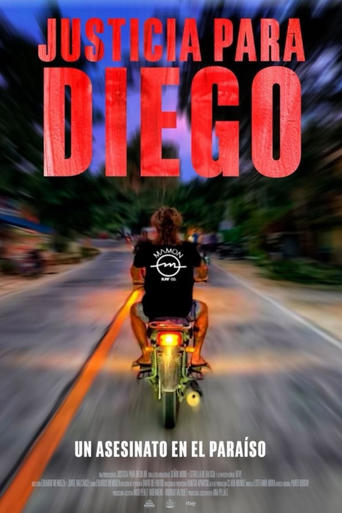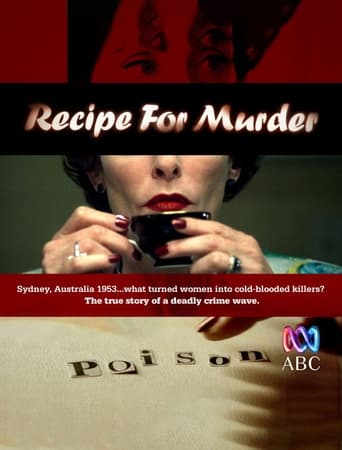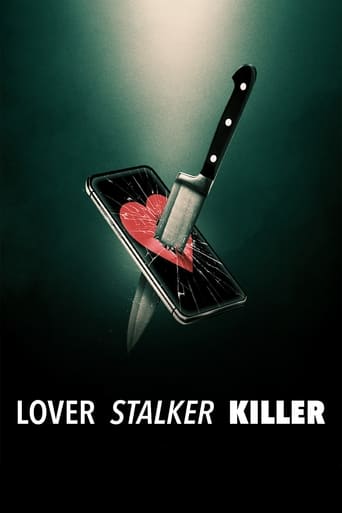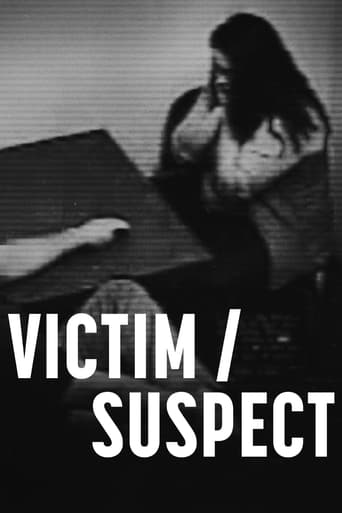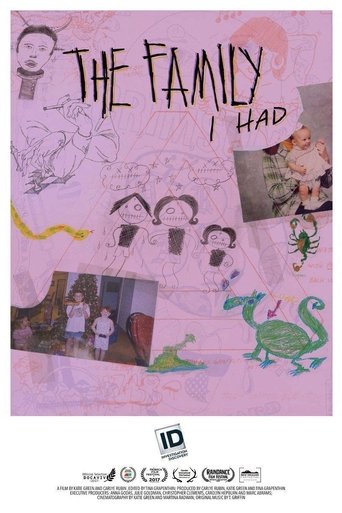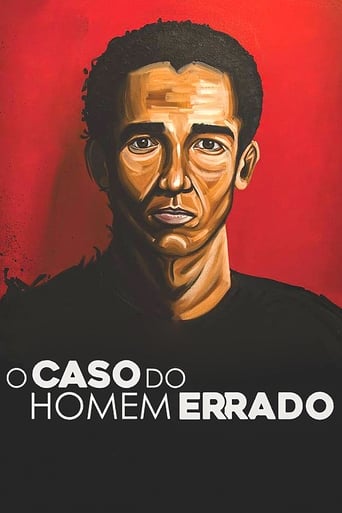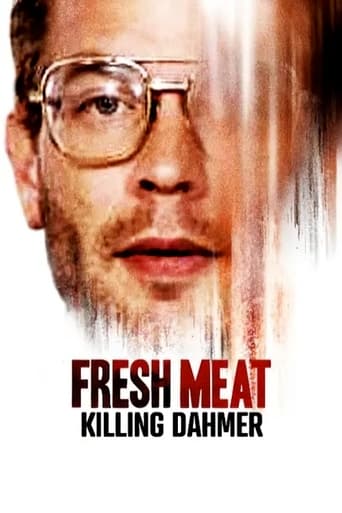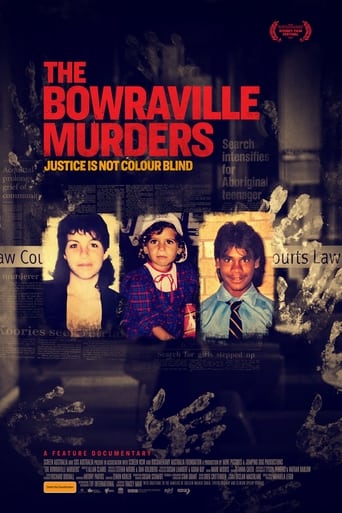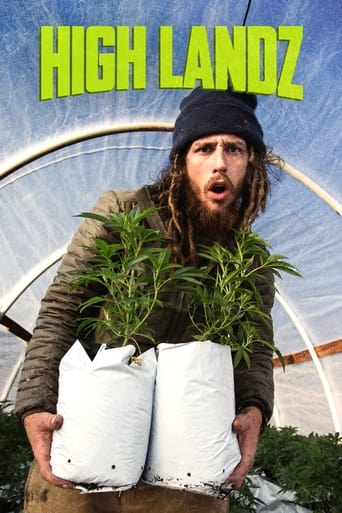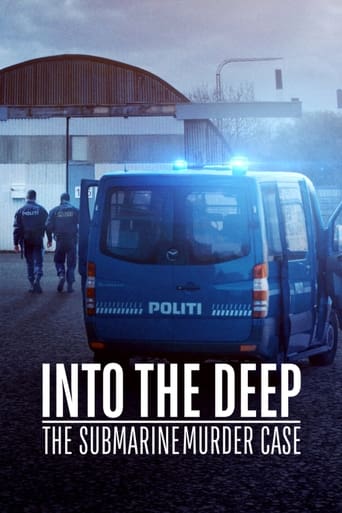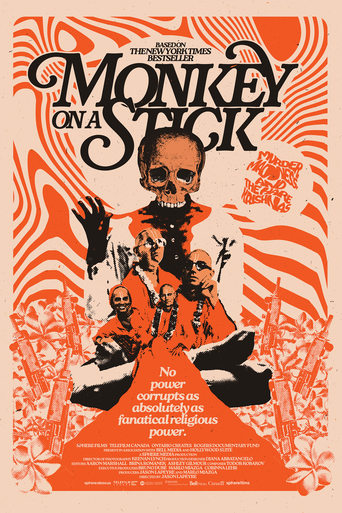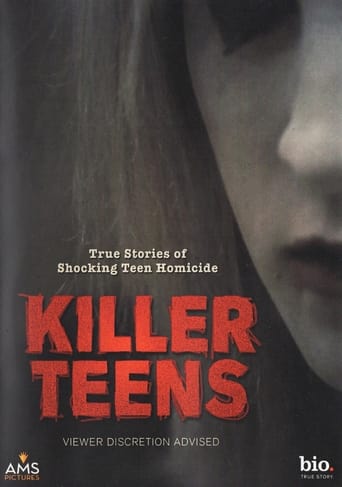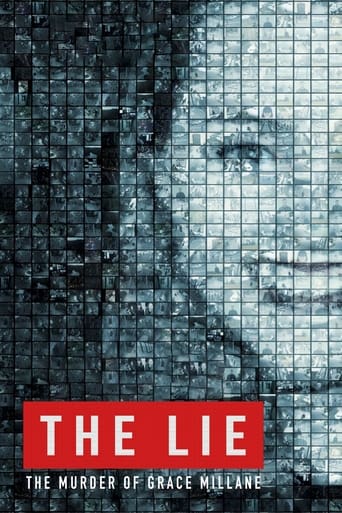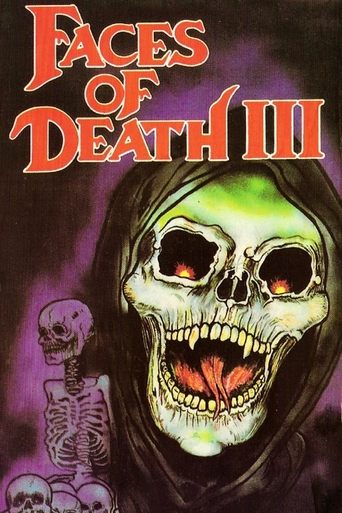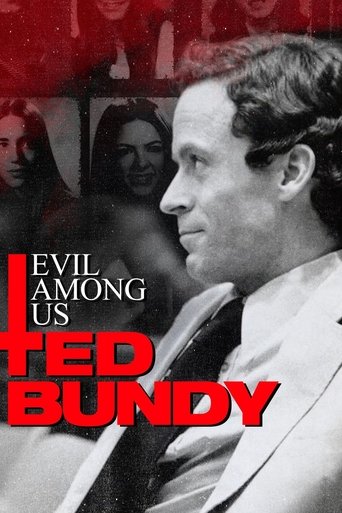
23 Nov 2022

Evil Among Us: Ted Bundy
To the outside world, Ted Bundy was a law student, devoted friend, and church-going family man, but below the surface lurked something darker….a serial killer who took the lives of thirty young women in sadistic fits of rage. What drove Bundy’s insatiable appetite? How did he get away with it for so long? Were there any signs? And how has this maniacal killer made us reconsider the evil that may be hiding in our midst?

